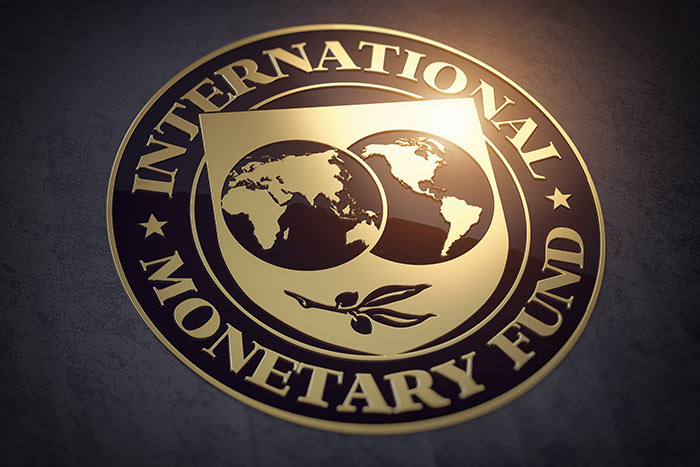Oman’s economic recovery continues to be broad-based, sustained by impact-driven structural reforms and policies that have yielded positive results in, among other areas, reviving employment growth, moderating inflation, paring public sector debt, and securing upgrades of its sovereign credit ratings.
According to the latest report of the International Monetary Fund (IMF), economic output grew by 4.7 per cent in 2022, up from 3.1 per cent a year earlier, driven primarily by a strong expansion of the oil & gas sector.
Non-hydrocarbon growth, however, slipped to 1.2 per cent in 2022 (down from 1.9 per cent in 2021), weighed down largely by a contraction in the construction sector.
However, non-hydrocarbon growth has rebounded to 2.7 per cent in H1 2023, buoyed by recovering agriculture and construction activities and a robust services sector.
Real GDP growth moderated to 2.1 per cent in H1 2023, which is attributable to a voluntary production cut of 40,000 bpd that Oman implemented in line with commitments to the OPEC Plus alliance.
The Observer looks at some of the pivotal improvements in the Omani economy as cited by the Fund:
Fiscal balance: Elevated oil prices and fiscal discipline have helped turn around years of fiscal deficit into a large surplus, according to the IMF report.
From a deficit of 3.1 per cent of GDP in 2021, it was transformed into a surplus of 10.1 per cent of GDP in 2022, underpinned by higher oil & gas revenues, larger tax yields, and lower expenditures.—Zawya










